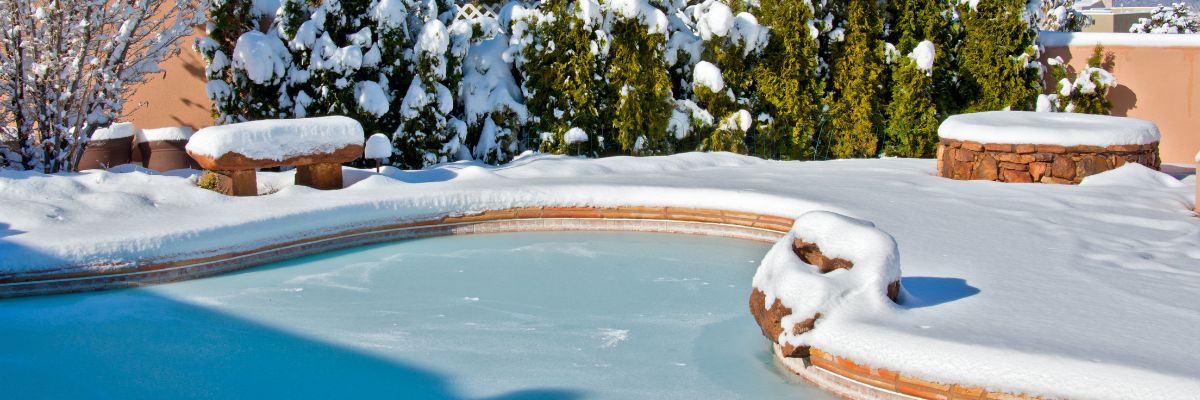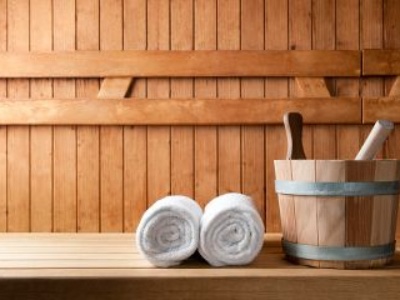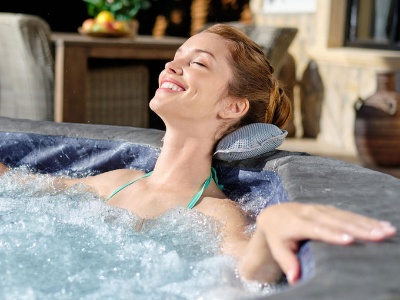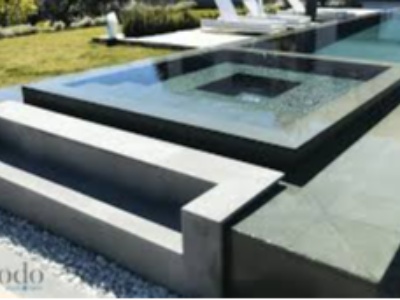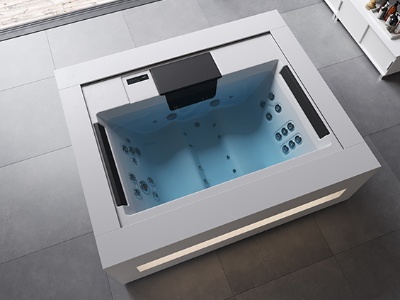
Winterising your pool is an essential step in ensuring the longevity of your pool and the quality of its water. Poor winterising can damage the lining and equipment and encourage the growth of algae when the warmer weather returns. In 2025, with advances in equipment and maintenance methods, it is easier than ever to protect your pool effectively. This article will guide you through the best practices and mistakes to avoid for successful winterisation.
Why is winterising your pool essential?
With the arrival of cold temperatures, pool water undergoes many changes. In the absence of appropriate measures, freezing can damage the structure, filtration and pipes. Proper winterisation allows you to:- Preserve water quality and prevent the proliferation of algae and bacteria.
- Protect equipment from frost damage.
- Restart the pool in spring with minimal effort.
- Save on treatment products and energy consumption.
Active or passive winterisation: which method to choose in 2025?
There are two main methods of winterisation: active and passive. The choice depends mainly on the location and personal preferences.1. Active winterisation: maintaining minimum operation
Active winterisation consists of running the pool at idle speed during the winter. The filtration system runs for a few hours a day to prevent freezing and maintain good water quality. Advantages: Ease of restarting in spring. No need to drain the pipes.- Higher power consumption.
- Must be monitored regularly.
2. Passive wintering: complete shutdown
Passive wintering consists of completely stopping the operation of the pool after a specific treatment and the installation of protective devices.Advantages:
- No electricity consumption during the winter.
- Maximum protection against freezing.
- Fewer interventions required during the cold season.
- More complex to restart in the spring.
- Risk of algae proliferation if the pool has been poorly maintained beforehand.
The essential steps for winterising your pool
Whichever method you choose, certain steps are essential to ensure effective winterisation:1. Clean the pool thoroughly
Before winterising, it is essential to clean the pool properly:- Vacuum and remove all debris.
- Clean the walls and bottom with a brush.
- Empty and wash the skimmers and filter baskets.
2. Adjust the pH and treat the water
A good chemical balance in the water limits the development of micro-organisms during the winter. Check and adjust:- The pH (ideally between 7.0 and 7.4).
- The alkalinity level to avoid limescale deposits.
- The chlorine or bromine level if necessary.
3. Lower the water level
If you opt for passive winterising, lower the water level below the delivery nozzles to prevent the water from freezing in the pipes. If you are planning to winterise actively, leave the level as usual but check it regularly.4. Protect the filtration and equipment
Disconnect and empty the pump, filter and pipes to prevent them from deteriorating in the frost. Store fragile parts in a dry place away from the cold.5. Install a winter cover
A winter tarpaulin is essential to protect the water from impurities, limit evaporation and prevent the proliferation of algae. Opt for an opaque and robust cover, specially designed for the cold season.6. Use winterising floats
The floats absorb the pressure exerted by the ice and limit damage to the structure of the pool. They are particularly recommended for regions where frost is frequent.Mistakes to avoid for successful winterisation
To avoid unpleasant surprises in the spring, here are some common mistakes to avoid:- Do not clean the pool before winterisation: Impurities left in the water will promote the growth of algae.
- Forgetting to balance the water: A poor pH or insufficient disinfectant can damage the lining.
- Using an unsuitable tarpaulin: A cover not designed for winter will not protect your pool effectively.
- Not draining the equipment: Stagnant water in the pipes and filter can freeze and damage the installations.
Trends for winterising in 2025
With technological advances, new solutions are emerging to simplify the winterisation of swimming pools:- Connected winterising covers: These smart covers have sensors that monitor the water temperature and the presence of impurities.
- Automated winterising systems: Some modern pumps automatically adjust the flow and filtration according to the weather conditions.
- Ecological winterising products: Biodegradable solutions preserve water quality without impacting the environment.

